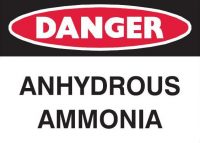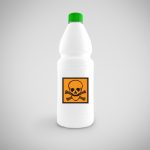Are You Paying for a Growing World Population?
In 1989, the Governing Council of the United Nations Development Program recommended observing July 11 as World Population Day. The reason given was to focus attention on the urgency and importance of population issues in the context of overall development plans and programs and the need to find solutions for these issues. The world population […]










